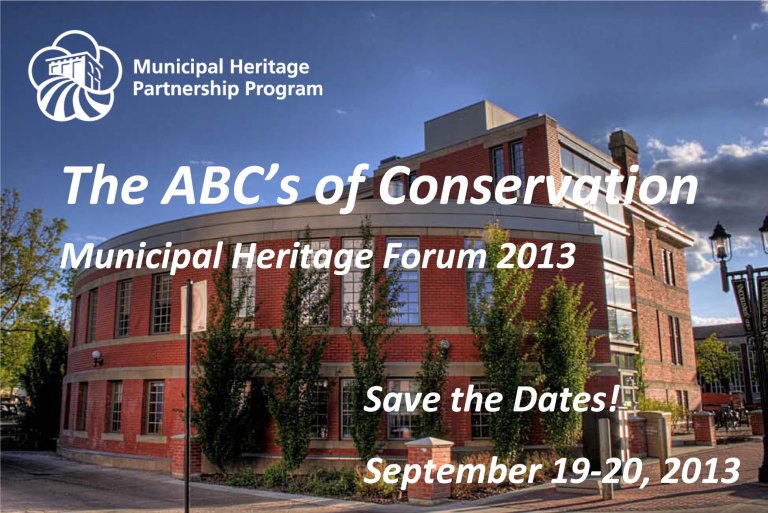
We know from receiving calls from many people that several historic places have been affected by the catastrophic flooding in southern Alberta. Historically, communities in Alberta were often built close to rivers – sources of water to accommodate trade and travel. Needless to say, these low-lying areas where our communities grew up in the late 19th and early 20th centuries are also floodplains. We know that there are a total of 75 Provincial and Municipal Historic Resources within the evacuated areas of the City of Calgary alone.
The Town of High River is one of the communities that has been devastated, and is still in a state of emergency evacuation. Over the past year, the Municipal Heritage Partnership Program has been working together with the Town on the second phase of an Inventory Project to evaluate the community’s significant historic places. It will remain to be seen how many of these places will survive the floods, and the extent of the damage. Other communities are in similar situations.
At this point, still early on the recovery efforts, there are still more questions than answers. Some owners of designated historic places that have been flooded are wondering what they should do. Once the emergency needs for safety and the basics of life are provide for – what are the first steps in safeguarding and stewarding these historic places?
The Historic Resources Management Branch has staff that are available to talk with owners of historic places, and to provide technical advice and support. We know that a major clean-up and conservation effort is now only beginning. We encourage owners of designated Provincial Historic Resources and Municipal Historic Resources to contact the Heritage Conservation Adviser for their region. Let us know how you are doing, and the current state of your historic property. We can help you to prioritize steps and make plans to help conserve your historic place for the future.
Calgary Region: Eileen Fletcher, her office number is (403) 297-4074 and her cell number is (403) 618-4180.
Southern Region: Fraser Shaw, his office number is (403) 297-4088 and his cell number is (403) 921-8139.
Municipal and community officials can contact Matthew Francis, Manager of Municipal Heritage Services at (780) 438-8502. Their office numbers are toll-free by first dialing 310-0000.
Above all, we hope everyone stays safe as we work together to create a future for Alberta’s historic places.











